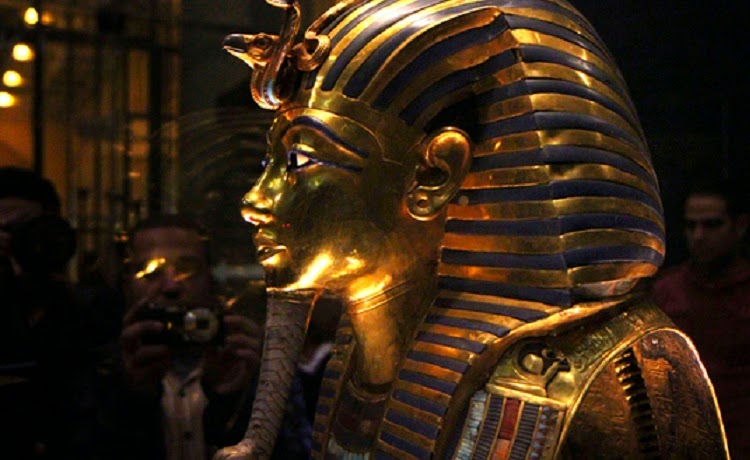Merry Wanderer of the Night [Search results for Egypt]
Heritage: Egypt to protect Abydos Temple from groundwater

Heritage: Egypt recovers smuggled antiquities from Germany

Heritage: Egypt reopens tomb of Nefertari as tourism falls

Heritage: 35,000-year-old skeleton to return to Egypt

Heritage: Egyptian artefacts seized in Australia

Heritage: Ancient Egypt's 'Mona Lisa' declared fake

Southern Europe: Europol seizes hundreds of smuggled Egyptian artefacts

Heritage: Egypt moves to protect Islamic heritage sites

Heritage: Crane crashes into Fatimid era tomb in Egypt

Heritage: Sale of Egyptian artefacts suspended in Australian auction house

Heritage: Giza Pyramids threatened by urban expansion

Heritage: Egypt unveils renovated Tutankhamun Gallery

Heritage: Egypt's sphinx threatened by subterranean water

Heritage: Group to sue over 'botched' Tutankhamun mask repair

Heritage: Tutankhamun’s burial mask "irreversibly damaged"

Israel: Egyptian artefacts rescued from robbed tomb in Israel

Heritage: Egyptian antiquities remain at risk

Heritage: Al-Arish Museum damaged by Sinai violence

Interview with Janette Rallison + giveaway!
Zaha Hadid will construct Stone Towers in Cairo
